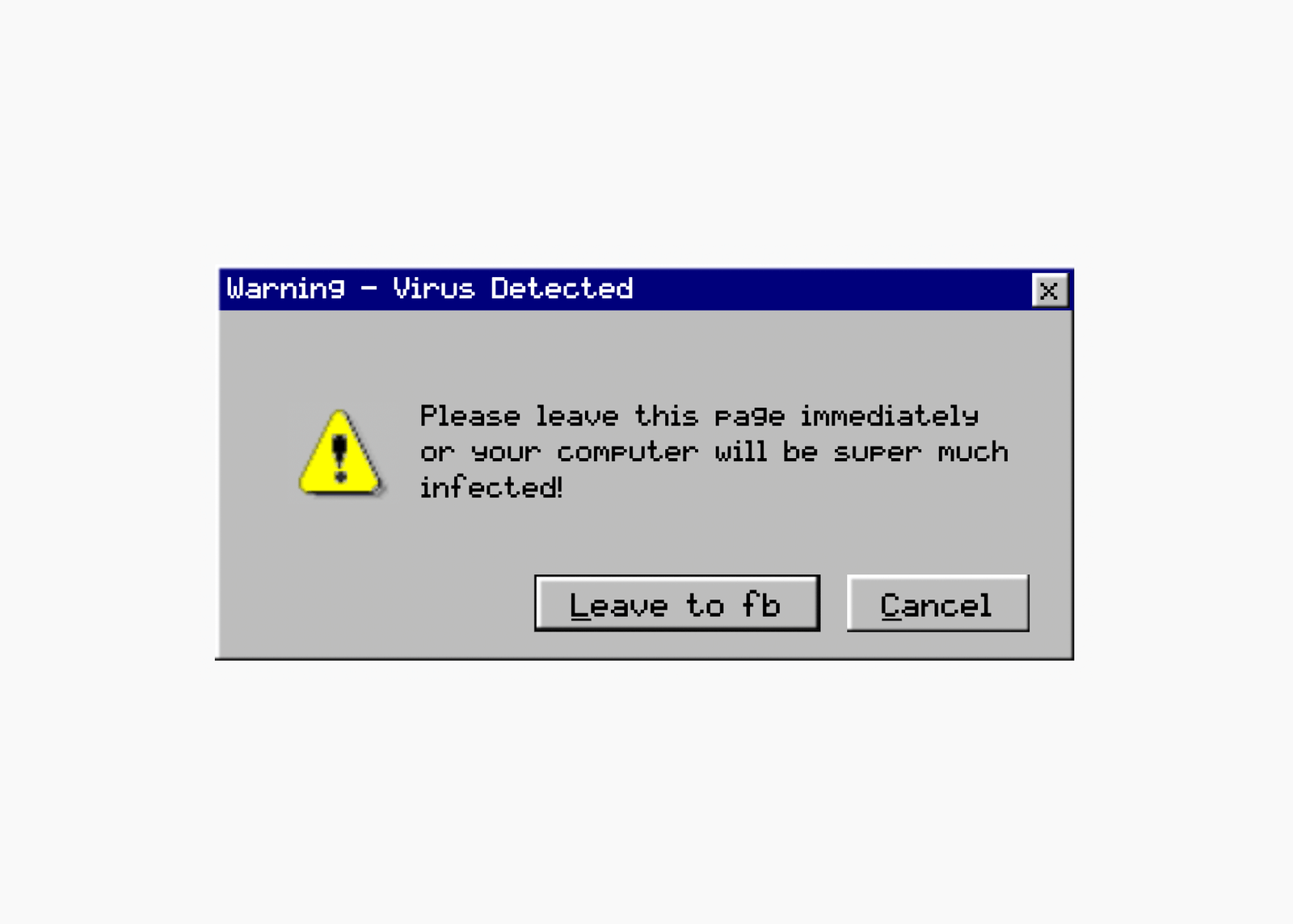Developed in response to the refugee crisis first hitting Europe in 2015, this website is a different take on a donation campaign. By giving it a personality and having it mistrust its users intentions, the voice behind the text takes you through a host of mixed feelings before (hopefully) ending up in a bright place.
Created together with Caroline Dagsköld.
Go to site
Mentions
Konbini, France
Westfälische Nachrichten, Germany
WEPOST Magazine, France

After building the site as an experiment, and sharing it with our friends, we were surprised to see how fast it spread. Within the first few weeks after launch, the site had gotten over 10.000 hits organically. Shortly after, were contacted by a communications representative from UNHCR who wanted to pick our brains about the project.
Click here to save the world, commands us the text placed in the center of a white and bare page. The injunction is hard to refuse. We click, the page loads, another text appears. And so on. With each click, the strange monologue of this anonymous site becomes more intimate. The machine calls out to us about our way of life, varies the tone, plays good and bad cops, threatens, flatters and unrestrained valve. We always click, wondering where all this will lead us. When the site offers us to make a donation, we suspend the index finger above the mouse… then we click, come on, out of curiosity. It was a fake, phew. On the screen, the text becomes sarcastic.
Konbini, France
The more you click, the bolder – but also more ironic – the tone of voice. After countless clicks, the website finally comes out with the truth – they didn’t save the world at all. Everything is just as bad as before! But the click marathon is far from over…
Westfälische Nachrichten, Germany
Design process
The sites main inspiration comes from an old flash game called DO NOT PRESS THE RED BUTTON. A deceivingly simple game that works based on the age old principle that kids will always do what you tell them not to. We wondered if the same principle might apply to something serious like donating money, and with adults.

With a first version in place, we tried it out on friends and colleagues and found that mostly our thesis was correct – adults are as tempted (or more) as children to do what you tell them not to.
As we shared our drafts, we took notes on where our test subjects would get stuck or confused, we then iterated on the script until we saw that most people would make it til the end.
Development
The programming part of this is all javascript with lots of different fork that the script might take depending on the users input. We made use of an IP lookup API to get a hold of the users IP and location, and used a currency conversion sheet to localize currency output depending on the location of the user. Lastly, we used a bit of localStorage to make sure the site remembered you when you came back.